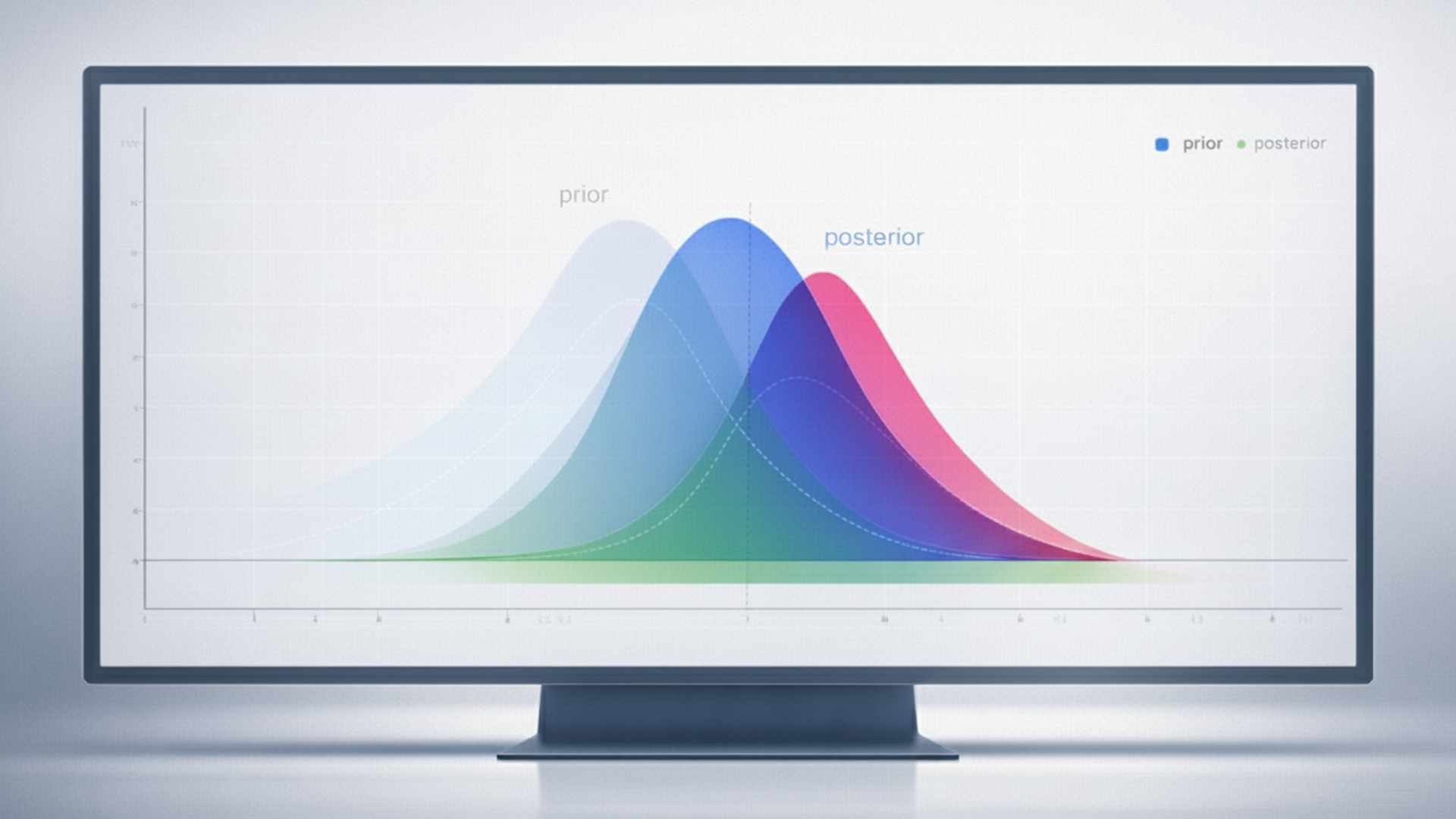6 outdated AI marketing trends you should retire in 2025
As AI improves, some marketing tactics are falling behind. Discover which AI in marketing trends no longer deliver results and why.

Much like an old engine that’s past its prime, some AI marketing strategies are sputtering as technology speeds ahead. What once seemed like cutting-edge solutions have now lost their edge. Let’s take a look at which artificial intelligence trends have fallen behind and why they’re no longer delivering the results you need.
6 AI trends in marketing you need to let go of
1. Basic Chatbots
Then: The first chatbots appeared in the late 20th century, with ELIZA making its debut in 1966. These early bots relied on pre-programmed scripts to simulate conversation, automating basic customer service tasks and handling routine inquiries. While effective for simple, repetitive tasks, they lacked the ability to adapt to more complex customer needs.
Now: As personalization expectations have increased, traditional chatbots have fallen short. Today’s consumers expect AI-driven assistants powered by advanced technologies like natural language processing (NLP) and machine learning. Nearly 90% of executives report faster complaint resolution, and over 80% see improvements in call volume management, all thanks to AI.
Modern AI assistants, such as those using models like GPT, deliver dynamic, personalized interactions and can handle far more complex queries. By leveraging customer data, these advanced bots provide tailored solutions while offering a more human-like experience.
2. AI-powered social media monitoring (sentiment analysis)
Then: In the late 2010s, AI was widely used for basic social media listening, primarily focused on monitoring brand sentiment through keywords and simple text analysis. This provided brands with a general understanding of how consumers felt about them, but it lacked depth and nuance.
Now: With the advent of more advanced AI models that integrate deeper contextual understanding and multimodal analysis (text, image and video), sentiment analysis is far more sophisticated. Today, consumers expect brands not only to capture sentiment from text but also to grasp the emotional nuances in multimedia content. This richer insight allows brands to strengthen customer loyalty by responding to real-time shifts in sentiment and crafting marketing that resonates on a more personal and emotional level.
3. Predictive analytics based on historical data
Then: AI-driven predictive analytics based on historical data, such as past purchase behaviors, were heavily used to predict future buying patterns. This trend shaped personalized offers and recommendations.
Now: Basic predictive analytics alone is no longer enough, as customers expect companies to adapt in real-time. Innovative AI systems now combine predictive and real-time analytics, leveraging real-time behavioral data and changing trends rather than just historical records. This way, marketers can ensure more accurate personalization and faster adaptation to customer needs.
4. Simple predictive product recommendations
Then: The first AI-powered product recommendation engines that relied heavily on purchase history and browsing behavior were considered cutting edge. These systems were focused primarily on “frequently bought together” and “customers who bought this also bought” recommendations.
Now: Basic recommendations aren’t enough anymore. AI has moved beyond simple product suggestions to providing smarter, more context-aware recommendations, such as predicting lifestyle changes or understanding the underlying intent behind a customer’s actions. Algorithms such as collaborative filtering, deep learning, and reinforced learning don’t just rely on past behavior; they analyze real-time data, user intent, and even external factors like seasonality or social trends.
In 2023, 56% of millennials globally turned to generative AI tools, bypassing traditional search engines, to receive product or service recommendations that are not only personalized but also intuitive to their current context.
5. Voice search optimization (VSO)
Then: With the rise of voice assistants like Alexa and Google Home around 2018–2019, optimizing for voice search quickly became a major AI-driven marketing trend. Brands concentrated on voice search SEO to ensure their content was easily discoverable through voice queries. At the time, it was expected by some that voice search would transform how customers research products, with many opting to use specific keywords instead of full questions or conversational phrases.
Now: However, voice search optimization alone plateaued, as consumer adoption of voice search has not grown as rapidly as anticipated. While over one-third (35%) of American adults express interest in voice shopping, they have yet to fully embrace it. Instead, the focusshifted toward more interactive and task-driven conversational AI experiences, such as voice commerce (v-commerce) and voice-enabled apps. These platforms allow users to complete tasks — like making purchases or managing services — directly through voice commands, offering a more seamless and functional experience beyond simply searching for information using keywords.
6. AI for Customer Segmentation Based on Basic Demographics
Then: Early AI models for customer segmentation relied heavily on traditional demographic factors like age, location and gender to target marketing messages. Marketers often used this basic information to personalize emails, creating static segments that provided limited personalization and engagement.
Now: AI-driven segmentation advanced significantly, incorporating more complex psychographic and behavioral data. This shift enables dynamic customer segments to adjust in real-time, making marketing efforts far more personalized and responsive.
In today’s omnichannel environment, AI-powered micro-segmentation allows brands to deliver tailored messages across various touchpoints, extending beyond email. Marketers can provide personalized content through SMS, push notifications, in-app messages, social media ads, and even personalized website experiences. By leveraging hyper-personalization, brands ensure that customers receive relevant, timely communication on the platform they engage with most.
From Generic to Dynamic: Leveraging AI for Hyper-Personalized Marketing Success
As we’ve seen, many AI trends in marketing have significantly improved, evolving from basic techniques to sophisticated tools that can drive real results. Marketers who embrace these innovative solutions will be better positioned to stay ahead of technological changes and meet consumers’ expectations. Leveraging the power of AI and machine learning is crucial for thriving in the era of hyper-personalization.
For deeper insights into how to utilize AI in your marketing strategy, explore Comarch’s e-book, “How AI Personalization Drives Customer Loyalty.” In this resource, you’ll learn why generic ads fall flat in loyalty programs, the challenges of personalization without AI, and how AI/ML models can be used for churn prediction, customer lifetime value forecasting, and product recommendations. Discover how to test, learn, and adapt your AI-powered loyalty programs to create highly personalized experiences that resonate with each individual.
Opinions expressed in this article are those of the sponsor. Search Engine Land neither confirms nor disputes any of the conclusions presented above.


